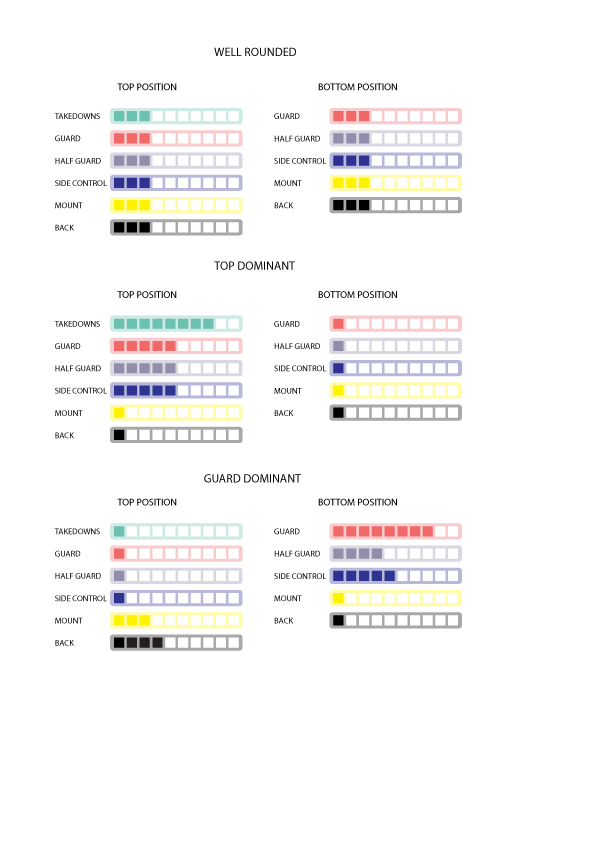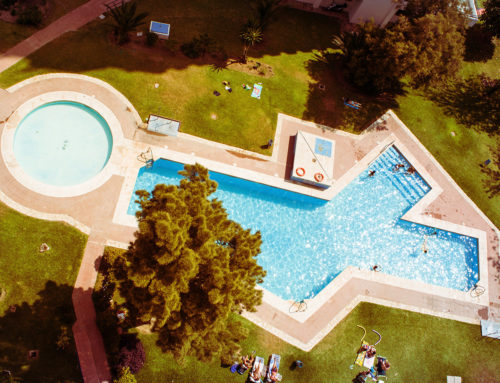“I fear not the man who has practiced 10,000 kicks once, but I fear the man who has practiced one kick 10,000 times.” – Bruce Lee
Everyone has a limited amount of training time and we all get to decide how we use that time. I consider full sparring the time where my students can freely work on whatever part of their game they are trying to improve. Many students see full sparring as the time to work on the technique we have been practicing during that session. This is often a good idea however for a couple of reasons it may be suboptimal. First, everyone in the class has been learning the technique that day so its often hard to find success with a technique that is fresh in everyone’s head. Secondly, sometimes the technique is just something that isn’t going to easily fit into your game right now. Perhaps your main focus is working on the half guard bottom position but the technique you learned that day is a triangle from closed guard. Every minute you spend in closed guard is a minute you could have been using to practice your half guard.
In my experience the people who have early success in Jiu Jitsu are specialists, they have spent many hours working on one position or one move. “I fear not the man who has practiced 10,000 kicks once, but I fear the man who has practiced one kick 10,000 times.” – Bruce Lee. Therefore I think figuring out one position and becoming an expert at it is a smarter investment of training time than attempting to learn all the positions at the same time. Some common specialist approaches would be:
Wrestling/Judo approach
Spend most of your training time working on taking the fight to the ground, being safe in guard, passing the guard/half guard and side control submissions. This is an effective approach as it allows you to almost ignore the bottom half of Jiu Jitsu as you have the ability to get on top and stay on top.
Guard dominant approach
Spend most of your time developing a dangerous guard. This begins with learning how to not be passed, followed by working on sweeps and submissions from the guard position. This style is complemented with good side control escapes and good mount and back control/submissions
I have graphed out how this would like given even training time spent, if we say each bar is worth 10 hours of training time then this would simulate 300hrs training time. I think it highlights how it is hard for a generalist to beat a specialist early on in the Jiu Jitsu journey. Everything often levels out by the time you get to black belt but the generalists often quit by then since they feel like they are not improving because the specialist always appear to be getting better results. The generalist may feel like they are falling behind because they are unable to see the bigger picture.
If you would like some help in deciding which kind of positions and pathways would make most sense for you to spend time on then let me know and we can discuss. Certain factors play a roll in which positions would yield the best return on investment such as: body type, natural ability, weight, etc.




